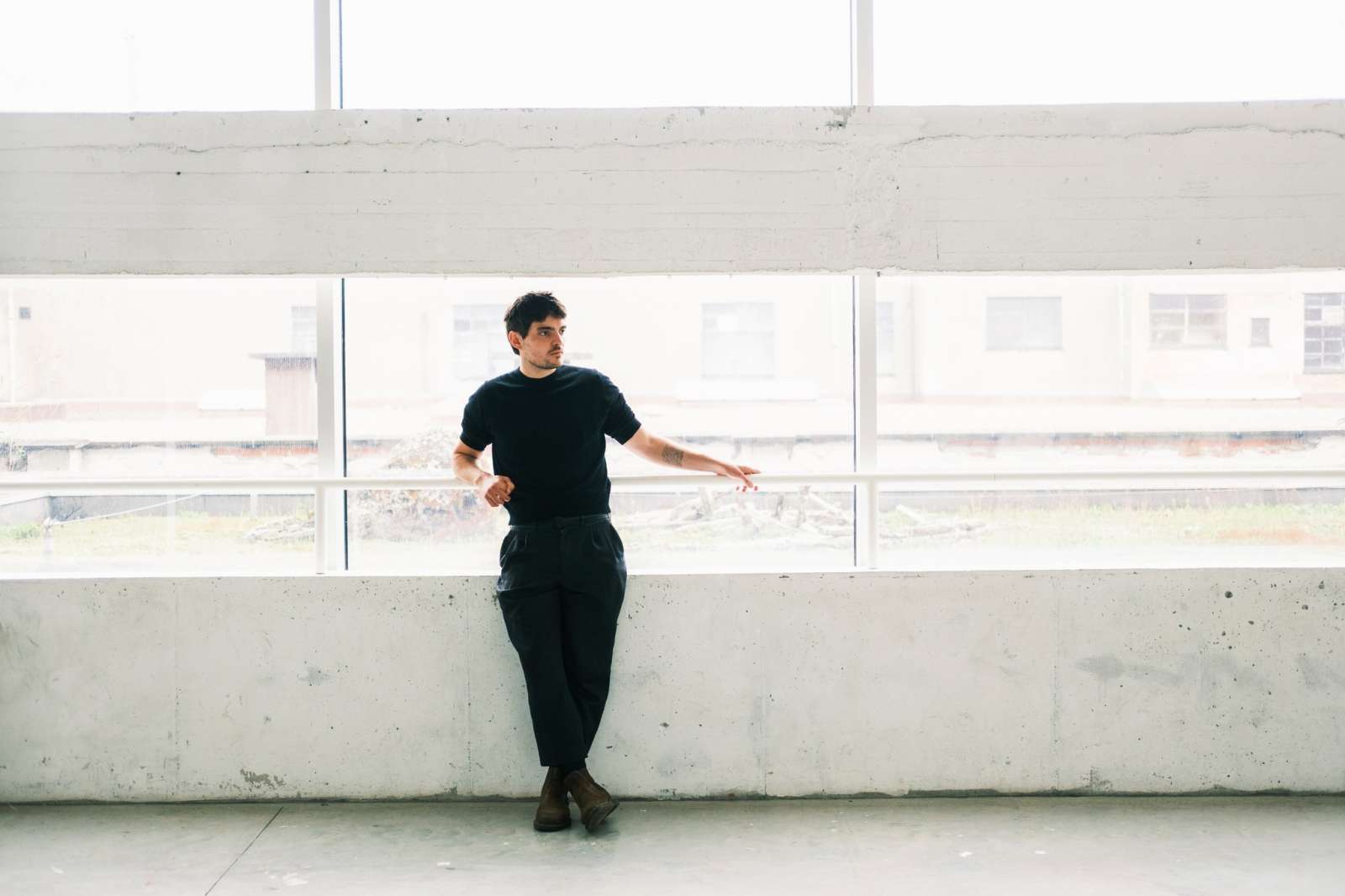Residency time: 15 April - 13 May
Show time: 22 - 31 May during Vruchtbare Grond
We asked Oscar some questions:
Which art trends inspire your current work?
I tend to find inspiration and align my work with the art movements of surrealism and narrative photography, particularly cinematic street photography. Surrealism, as visualized in the works of filmmakers such as David Lynch, is deeply rooted in the exploration of the unconscious mind, the irrational, and the dreamlike. I’m drawn to that surrealist tendency to reframe ordinary urban environments as portals into something more enigmatic and psychological. Much like Lynch’s cinematic universe, where diners, hallways, and suburban streets become haunting, symbolic spaces, I strive to create images that elevate the mundane into scenes rich with ambiguity and mystery.
The unexpected emerges through strange juxtapositions, reflections, and moments of isolation, evoking that surrealist notion of the uncanny hidden within the familiar. My aesthetic is equally shaped by the language of cinematic street photography, a genre that borrows its sense of timing, composition, and atmosphere from art-house cinema and classic painting. Like the urban stillness captured in Wong Kar-wai’s films, I aim to photograph real-life moments that feel meticulously staged, infused with narrative tension and visual poetry. There is an emphasis on mood, gesture, and the subtle choreography of people within architectural space, transforming spontaneous encounters into evocative, cinematic scenes.
Ultimately, I’m drawn to works that combine surrealism and cinematic street photography into a visual language that uses perspective, shadows, reflections, and human presence to construct dreamlike, timeless imagery. This intersection is where I feel most creatively at home, where reality begins to slip into fiction and the everyday becomes almost mythic..
Describe your dream project?
My dream project would be to shoot fashion editorial pieces for brands and magazines, allowing me to fully bring my visual style into the mix. I would love to merge the storytelling and mood I naturally gravitate toward with the creative world of fashion. This would involve blending conceptual ideas, cinematic lighting, and surreal elements to create work that feels both visually striking and emotionally resonant. Being able to collaborate with stylists, designers, and creative directors to build layered, narrative-driven images is something I deeply aspire to.
A goal that feels within reach is working with a studio like ILA, based in Antwerp, whose artistic direction and refined minimalism strongly resonate with me. A more ambitious dream, though one I quietly manifest, would be to shoot for The New York Times, a platform where fashion, culture, and storytelling intersect in such a powerful and globally influential way. Being part of that visual dialogue would be incredibly meaningful.
What do you expect to learn from a residency in Bosacademie?
At Bosacademie, I hope to unlearn my habitual creative routines and instead lean into slowness, intuition, and play. These are qualities I believe are genuinely supported by the atmosphere there. I imagine the space as something that can nourish creativity, much like how Brian Wilson sought the right “good vibes” while choosing a recording studio for Pet Sounds. I’ve been searching for that same sense of resonance, a place that feels right and encourages free exploration, whether independently or in collaboration. I truly believe Het Bos offers that kind of environment.
Through this residency, I want to deepen my understanding of how artists and curators can work together in ways that are more fluid, organic, and open to experimentation. As curatorial practices continue to move away from traditional, elite frameworks toward more collective and public-facing approaches, I’m interested in exploring how my work can evolve within that shift. I want to learn how it can be shaped through thoughtful dialogue and how it might resonate more deeply with broader audiences. In this context, I hope to explore what it really means to create art that is not only personally meaningful, but also accessible. I want to make work that connects, that invites engagement, and that holds space for community. I see this residency as an opportunity to reflect on my practice—not only where it currently stands, but where it can grow, both artistically and professionally.


